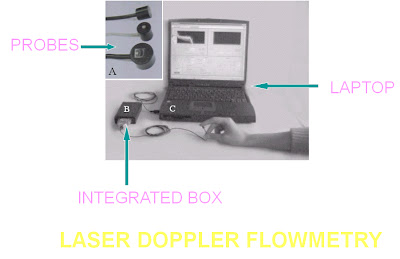Advances in Hand instruments
TRIPLE FLEX FILE
• A hybrid instrument.
• More flutes than reamer but fewer than K-file.
• Made from triangular stainless steel blank by twisting, not ground.
• More aggressive & flexible than regular K-style instrument.
UNIFILE
• Introduced by McSpadden as modification of H- file.
• Cross section shows double helix or ‘S’ shape.
• Flutes are less deeper than H-file, so greater bulk so less likely to fracture.
• Cutting of dentin is more efficient in withdrawal strokes.
• S-file is modification of unifile with less fragility.
HELIFILE
• Modification of H-file.
• Method of manufacture is similar to H-file.
• Cross section has three blades.
• Advantage:
• more space for removal of dentinal chips & debris.
SAFETY H – FILE
Ø Modification of H-File done by Buchanan.
Ø Non cutting tip to prevent ledging into curved canals.
Ø Smooth edges on one side of file to prevent unnecessary dentin removal in curved canals.
U – FILE
Ø Developed by Heath (1988).
Ø Cross-sectional configuration has two 90-degree cutting edges at each of the three points of the blade.
Ø Advantages:
- The flat cutting surfaces act as a planing instrument.
- Aggressively planes the external convex wall while avoiding the more dangerous internal concave wall.
- Has a non cutting tip.

























